Padosori Trail (파도소리길)
10.9Km 2025-05-28
405-7 Eupcheon-ri, Yangnam-myeon, Gyeongju-si, Gyeongsangbuk-do
The Padosori (Sound of the Waves) Trail stretches for 1.7 kilometers along the shoreline of Eupcheon-ri in Gyeongju, offering stunning views of the Gyeongju Yangnam Columnar Joint. The coastal road is well-maintained and features a decked pathway, benches, viewing platforms, and a suspension bridge. The Columnar Joint has diverse shapes; in particular, the fan-shaped columnar joint is a rare sight not only in Korea but also worldwide, and thus has been designated as a Natural Monument in 2012.
Tohamsan National Recreational Forest (토함산자연휴양림)
11.5Km 2021-04-08
1208-45, Bulguk-ro, Gyeongju-si, Gyeongsangbuk-do
+82-54-750-8700
Tohamsan National Recreational Forest, located in Gyeongju, is in close vicinity of major attractions such as Bulguksa Temple and Seokguram Grotto. Visitors can enjoy the culture as well as relaxing in a peaceful nature.
Gyeongju Seokguram Grotto [UNESCO World Heritage] (경주 석굴암 [유네스코 세계유산])
12.6Km 2025-06-12
238 Seokgul-ro, Gyeongju-si, Gyeongsangbuk-do
+82-54-746-9933
Seokguram Grotto was constructed by Kim Dae-Seong during the reign of King Gyeongdeok (742-765) of the Silla Kingdom. Located 3 kilometers away by hiking trail and 9 kilometers by car from Bulguksa Temple, the grotto was designed very harmoniously with the seated Buddha facing the East Sea. It is a valuable cultural heritage that is preserved and registered as a UNESCO World Heritage on December 6, 1995.
Gwanseong Solbat Beach (관성솔밭해변)
13.9Km 2021-08-12
68-24, Yangnam-ro, Gyeongju-si, Gyeongsangbuk-do
+82-54-779-6325
Gwanseong Solbat Beach, formerly Gwanseong Beach, is known for its extremely clean waters, and the connecting pine grove creates a gorgeous semi-circle shape. Nearby in Sindae-ri, Yangnam-myeon is Kolon Garden Golf Club, allowing visitors to enjoy many other leisure activities in the area. The driving course along the coastal road is also popular among visitors.
Gyeongju Bulguksa Temple [UNESCO World Heritage] (경주 불국사 [유네스코 세계유산])
14.2Km 2025-03-24
385 Bulguk-ro, Gyeongju-si, Gyeongsangbuk-do
+82-54-746-9913
Bulguksa Temple is a representative relic of Buddhist culture from the Silla kingdom. The temple was built during the 15th year of King Beopheung's reign (514-540) to wish for peace and prosperity for all. It was later rebuilt in 751 by Kim Dae-seong. Unfortunately, the temple caught fire during the Imjin War (1592-1598). After the war, the temple suffered serious damage and was often the target of theft.
Starting in 1920, the temple has undergone continual restoration work. The temple now holds seven national treasures and a number of additional important heritages and was designated a World Cultural Heritage Site along with the nearby Seokguram Grotto by UNESCO in December 1995.
Bulguksa Hanok Dongodang (불국사한옥동오당)
14.5Km 2024-07-25
5-58 Jinti-gil, Gyeongju-si, Gyeongsangbuk-do
010-2936-6350
Bulguksa Hanok Dongdodang is just a short five-minute walk from Bulguksa Temple, and is complete with a large parking area, clean & quiet surroundings, a cafe-like shared kitchen, and friendly service. The hanokstay is decorated with artwork made by the owner. The accommodation manages to offer a comfortable and private ambiance with just three rooms, each comprised of a bedroom, living area, bathroom, and small outdoor patio.
Bulguksa Hanok Farm Stay (불국사한옥팜스테이)
14.5Km 2024-12-13
5-52 , Jinti-gil, Gyeongju-si, Gyeongsangbuk-do
+82-10-5489-1742
Bulguksa Hanok Farm Stay is an accommodation located just below Bulguksa Temple in Gyeongju-si, Gyeongbuk-do. There are four guest rooms, each of which is equipped with a bathroom and kitchen. Ouga is a two-story ondol hanok, with the first and second floors used as guest rooms, and there is a terrace where you can cook barbecue. Bokyeonga offers two guest rooms for accommodation, both of which are ondols (underfloor heating). There is a well-kept garden and a lawn with a foot volleyball field, and guests can participate in apple picking and farm-themed activities.
Bullidan Street (불리단길)
14.6Km 2025-05-28
11 Bulguksintaekji 5-gil, Gyeongju-si, Gyeongsangbuk-do
Bullidan Street, near Bulguksa Temple, once a popular destination for school and group trips, is gaining renewed attention with the opening up of various cafés, restaurants, and workshop spaces in the area. In spring, the street blooms with King Cherry Blossoms, attracting many visitors. On Saturdays, a flea market opens, offering handmade goods and souvenirs. It is the perfect place to stop by and unwind after visiting Bulguksa Temple or hiking.
Cheongjae Hanok (청재한옥)
16.0Km 2025-03-24
163 Bulguk-ro, Gyeongju-si, Gyeongsangbuk-do
A cozy hanok accommodation in Gyeongju, Cheongjae Hanok is recommended to guests who seek to relax in a hanok nestled in a pine forest. Breakfast is offered upon advance request, and the building is equipped with a spacious parking space.
Daldongnae of Olden Times (추억의 달동네)
16.1Km 2025-05-23
216-8 Bobul-ro, Gyeongju-si, Gyeongsangbuk-do
The Daldongnae of Olden Times is a modern history theme park that recreates everyday life in Korea during the 1970s-80s, through a variety of vintage products. Visitors can get a glimpse into Korean retro culture as they explore old radios, vintage-style electronic shops and alley shops, and classrooms from that era. The museum also offers retro school uniform rentals and a dalgona experience, allowing visitors to step back into the past.

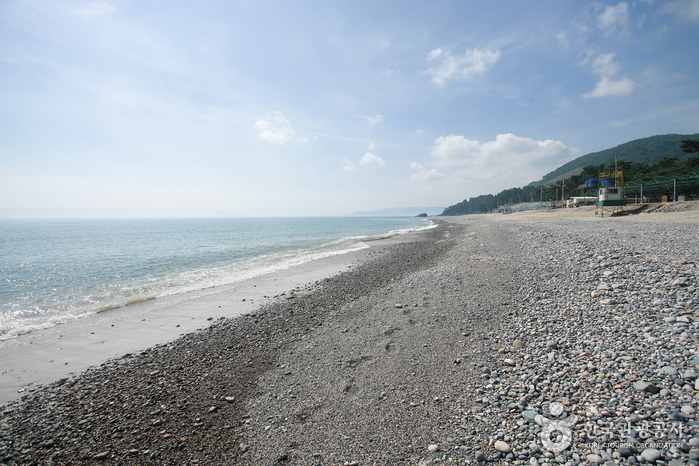
![Gyeongju Bulguksa Temple [UNESCO World Heritage] (경주 불국사 [유네스코 세계유산])](http://tong.visitkorea.or.kr/cms/resource/03/2678603_image2_1.jpg)
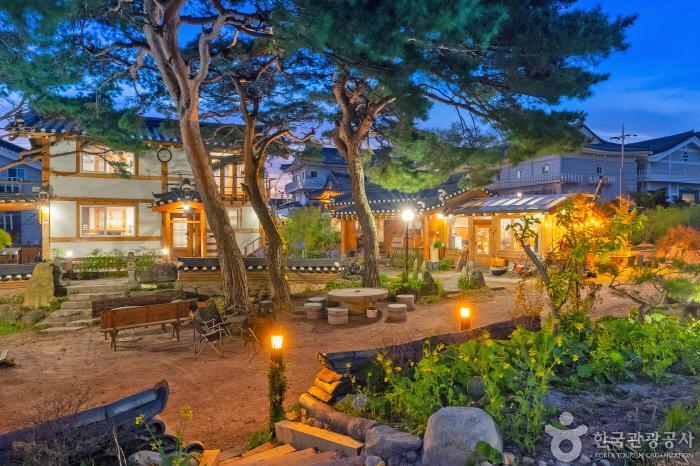
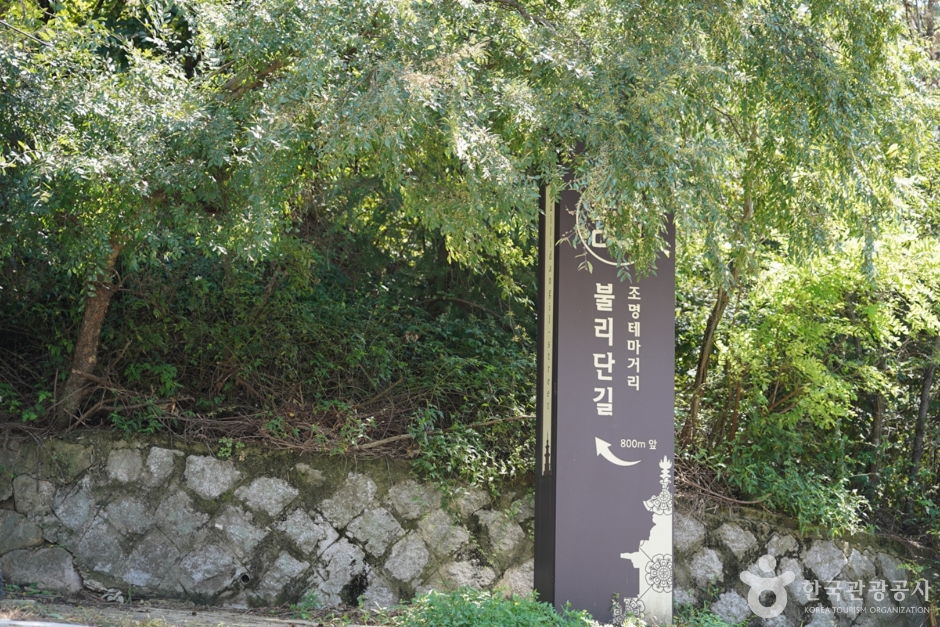
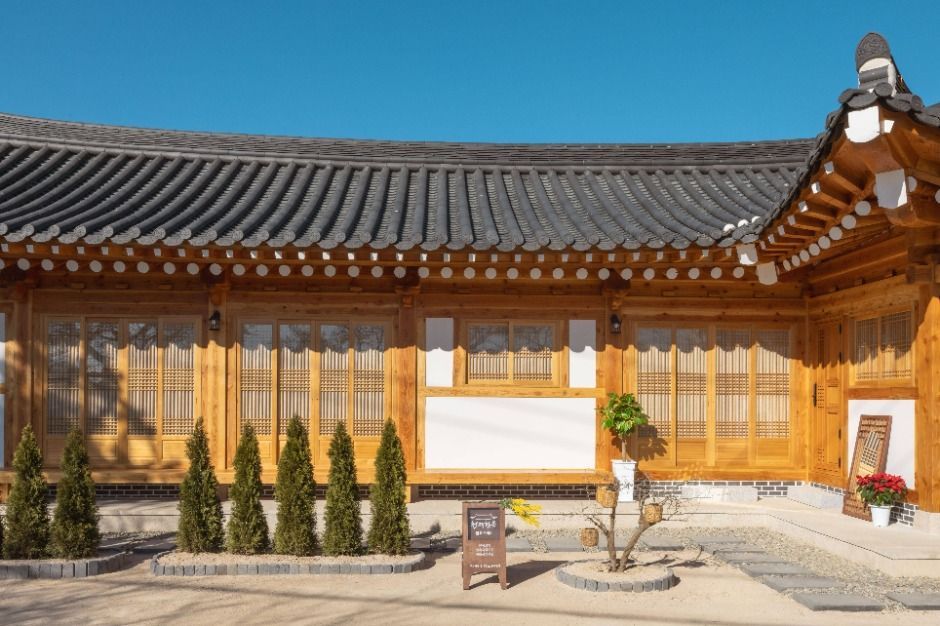
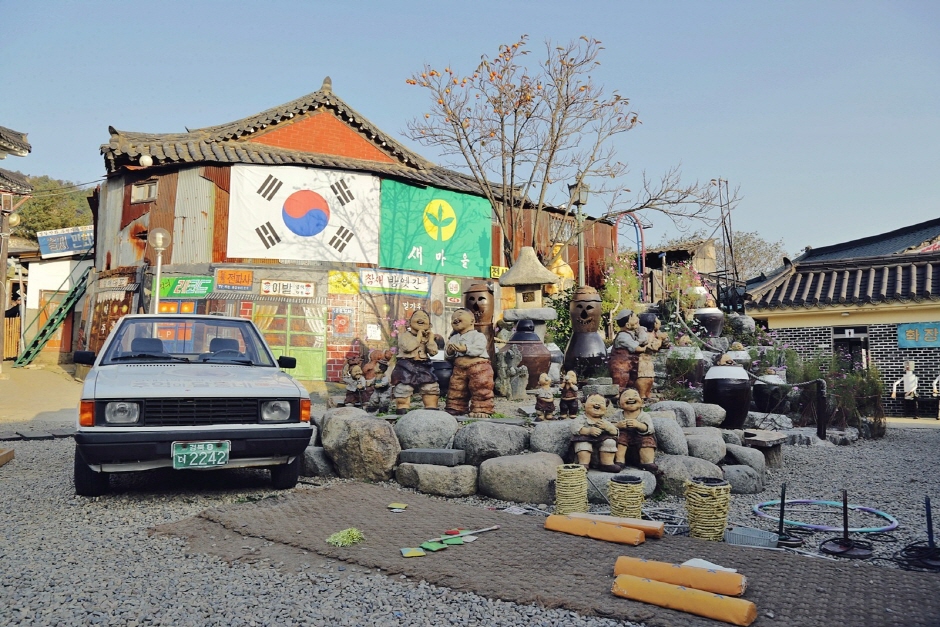
 English
English
 한국어
한국어 日本語
日本語 中文(简体)
中文(简体) Deutsch
Deutsch Français
Français Español
Español Русский
Русский